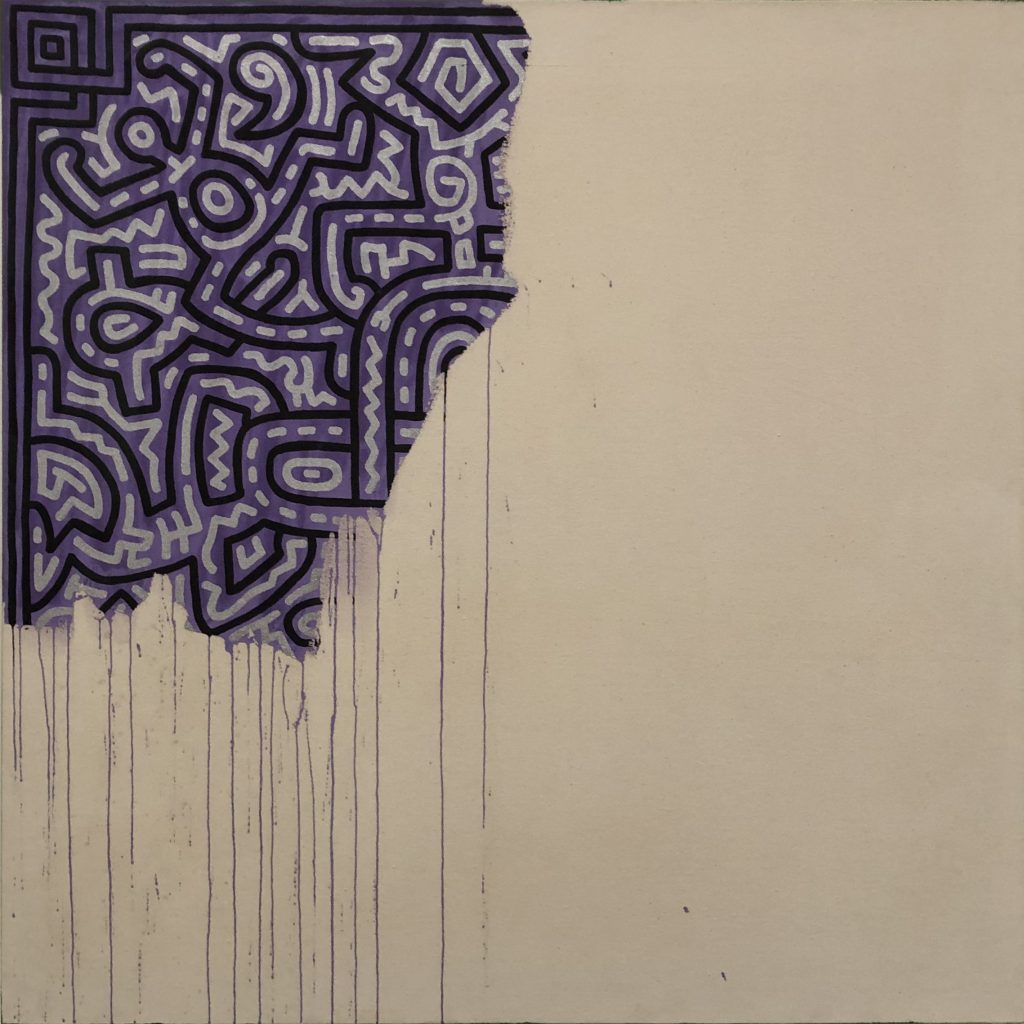There’s a joke I like about technology companies, first posted by Alex Blechman:
Sci-Fi Author: In my book I invented the Torment Nexus as a cautionary tale
Tech Company: At long last, we have created the Torment Nexus from classic sci-fi novel Don’t Create The Torment Nexus
Like the best jokes it’s funny because it’s true: all too often, tech firms care about whether they could do something rather than whether they should. Which is how a supposedly AI-generated comedy routine by George Carlin, who died in 2008, came to be made.
I say “supposedly” because the whole thing seems awfully fishy. But what’s definitely true is that some people have created a Carlin sound-a-like, and it’s awful. Ed Zitron:
AI-Carlin’s jokes feel like they were generated by feeding transcripts of his real work into a generative AI, with the resulting CarlinGPT bot prompted by Sasso and Kultgen and its outputs heavily edited.
If this was entirely written by humans, it is even more shameful, both in how terribly unfunny it is and how little they understand Carlin’s work.
Finding bad examples of AI isn’t difficult: significant parts of the internet seem to be using it to create overly bright images of improbably breasted young women with waists so tiny that if they were real women, they’d snap. But I think there’s one example that is so bad you’d think I’d invented it, and it’s about this painting by Keith Haring.

The painting is called Unfinished because, as you can see, it’s unfinished. That’s deliberate, because it was the final painting of Haring’s life: the unpainted section represents the many lives lost to AIDS. He died the following year.
A few days ago, an AI user finished it.
I thought it was a joke, but it doesn’t appear to be. Somebody has used generative AI to complete the painting, to fill in the space and to remove the very thing that makes it so meaningful and so powerful. The fact that the AI has produced shoddy work is almost irrelevant, because of course it did. The whole exercise is a classic example of someone who could do something, but who should not do it.
In electronic publishing, a plague of crap AI-generated content is an unintentionally ironic echo of Orwell’s 1984, in which a key character works “in the Fiction Department [in] some mechanical job on one of the fiction-writing machines.”
She enjoyed her work, which consisted chiefly in running and servicing a powerful but tricky electric motor… She could describe the whole process of composing a novel, from the general directive issued by the Planning Committee down to the final touching-up by the Rewrite Squad. But she was not interested in the final product. She “didn’t much care for reading,” she said. Books were just a commodity that had to be produced, like jam or bootlaces.
And it’s not just art. Serious people are spending serious money to create AI versions of people, so that in the not too distant future you’ll be able to converse with an AI chatbot that mimics the voice and the speaking mannerisms of your favourite dead loved ones so that you can attempt to cheat the Grim Reaper – something we’ve seen described many times over in literature, rarely with a happy ending attached.
Rather than building machines to simulate storytellers, tech evangelists might be better off reading some of them. They might want to start with W W Jacobs’ story The Monkey’s Paw.
